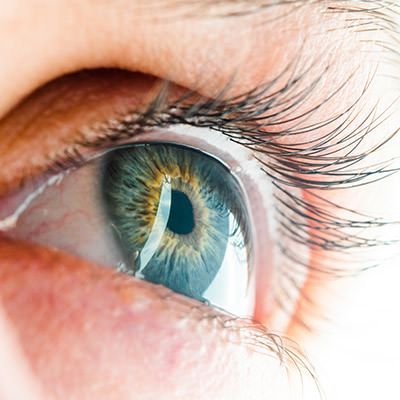About Clinical Trials
Clinical trials make new treatments possible by ensuring the safety and efficacy of promising new drugs and devices.
Clinical trials make new treatments possible by ensuring the safety and efficacy of promising new drugs and devices.
Clinical trials are research studies that assess the effectiveness and safety of a medication or device. Clinical trials are usually put into place to determine if a new therapy for a specific disease is more effective than the current U.S. Drug and Food Administration (FDA) approved treatment. Sometimes, clinical trials are utilized to determine if an FDA approved treatment can be effective and safe in an entirely different condition.
Efficacy and safety studies for a clinical trial are always tested on animal subjects prior to being approved by the FDA to begin studies on humans.


Prior to participation in a clinical trial, our recruitment experts will guide you through the pre-screening process. This usually consists of questions regarding your health and medication history to determine if you are eligible for the clinical trial. Our recruitment team will determine if you qualify based on inclusion and exclusion criteria.
Inclusion criteria: factors that qualify a patient for a clinical trial
Exclusion criteria: factors that disqualify a patient for a clinical trial
In some countries, compensation is available for participation and these details will be shared with you before the study begins.
Once you qualify for a study, you will go through an informed consent process. An informed consent is designed to provide important information about a clinical trial, including risks and benefits. We encourage you to ask questions if you don’t understand something outlined in the informed consent.
At your initial visit to the clinical study site, you will undergo screening tests, which are all outlined in the informed consent form. These tests may be similar to tests performed at a regular eye exam. Your health will be continually monitored throughout the clinical trial process. It’s important to remember that you may discontinue participation in a clinical study at any point of your journey.
After the clinical trial is complete, results may be published in peer-reviewed journals, which means the entries are examined by experts in the field. If the therapy is proven to be safe and effective, it may be approved by the FDA and may become a standard treatment used in practice.
Download our “What to Expect” guide that outlines the clinical trial journey.
Below are the phases of a clinical trial.
It’s important to note that participants’ health and well-being is closely monitored through their entire clinical study journey in every phase.
In the USA, most clinical trials are approved by an Institutional Review Board (IRB), which ensures the benefits of an investigational therapy outweigh potential risks. The IRB consists of doctors, scientists, and members of your community to ensure that a clinical trial is created ethically and with the safety and well-being of participants in mind.

The informed consent is provided to participants prior to beginning the clinical trial. An informed consent includes the therapy being investigated, the potential risks, alternative standard treatments for the indication in question, length of the clinical trial, expectations from the participants, and much more. The informed consent is meant to provide all information needed for you to make the best decision for you. We welcome any and all questions regarding the informed consent and clinical trial itself. It’s so important that patients know they can unenroll from a clinical trial at any point for any reason.

Your personal and medical information is entirely protected before, throughout, and after the clinical trial process through the HIPAA (Health Insurance Portability and Accountability Act) Privacy Rule. You will also be informed of who has access to your personal information.

Clinical research is incredibly important as being involved in a clinical trial can shape the way diseases are treated in the future and can positively affect others who are suffering from the same condition. Clinical studies are essential for any new medications or devices or new indications for these therapies to be FDA-approved and used extensively by patients.
Advancements in therapies for disease through clinical trials can improve health, reduce pain and other symptoms from disease, and can increase life expectancy and quality of life.


There are multiple benefits to participating in a clinical study to not only for yourself, but for others with the same condition. Some of these benefits include:
Although there are many benefits to participating in a clinical research study, there are some risks to consider. All potential risks are outlined in the informed consent form. They are as follows:


Learn more about becoming one of our patients and the benefits to be had.